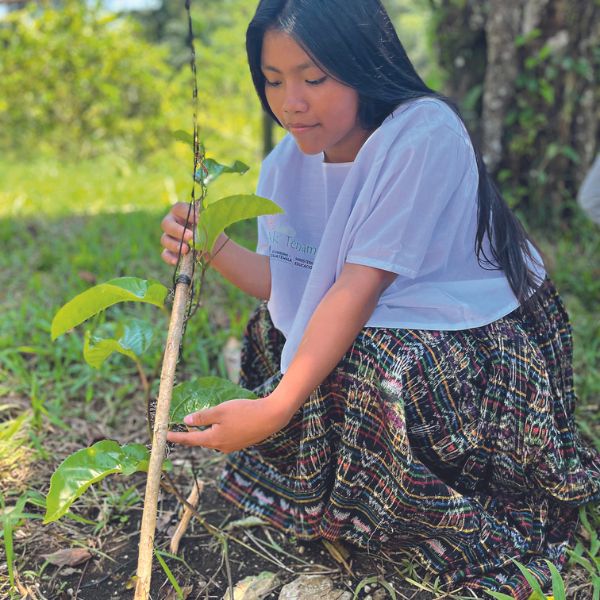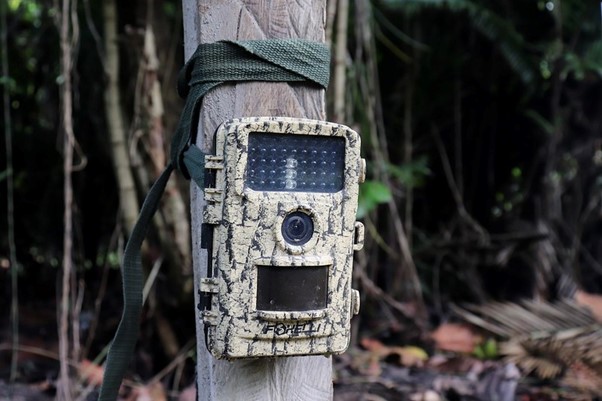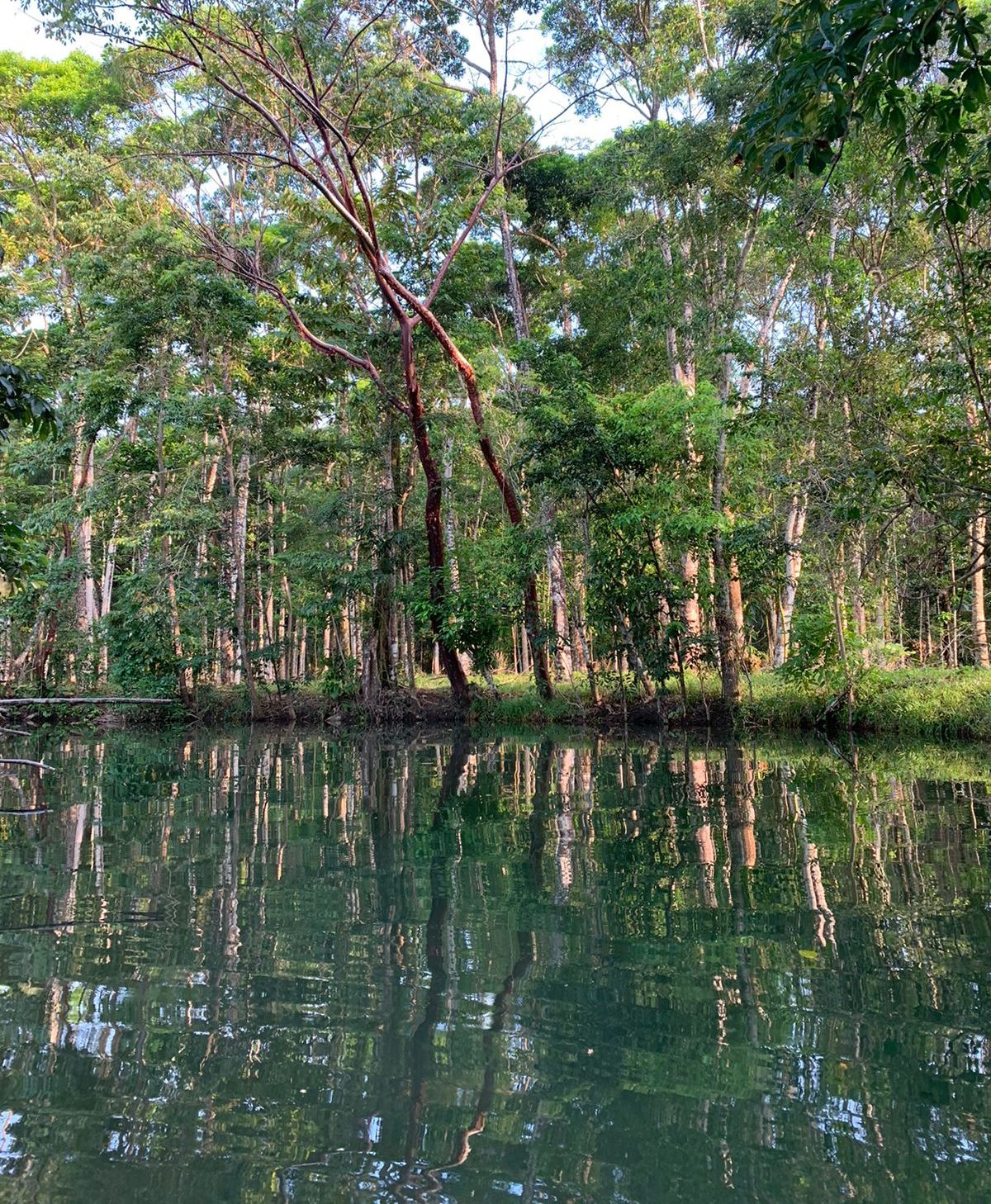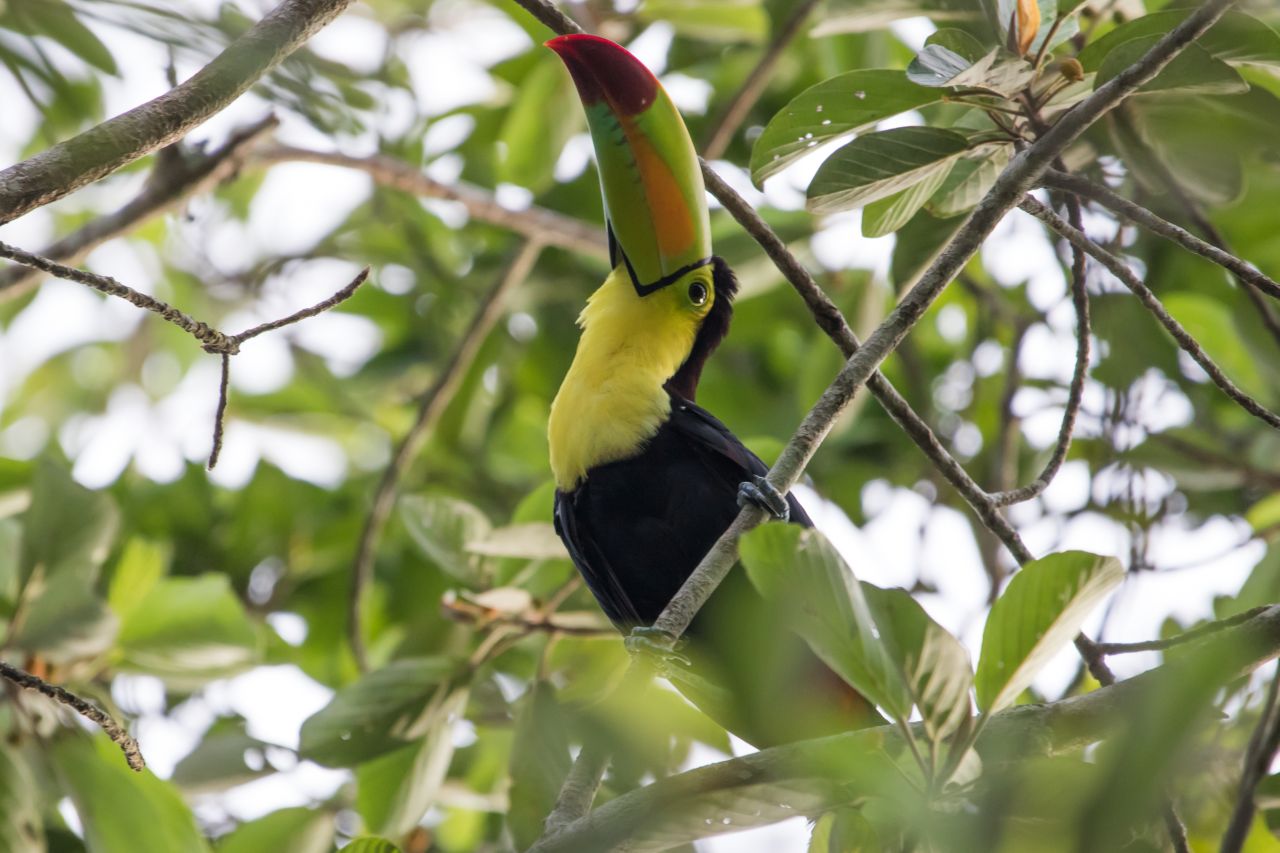What is the history of your organisation?
The Ak’Tenamit Association is a grassroots Indigenous organisation focused on promoting self-determination and self-sufficiency among rural communities in the Q’eqchi’ Maya-speaking region of Guatemala. Twenty years ago, its administration was handed over to a local Indigenous board of directors and staff.
What is unique about your part of Guatemala?
Q’eqchi’ is the region of Guatemala with the greatest interaction between Indigenous communities and protected areas. It is also the region most affected by the negative impacts of climate change, resulting in the highest rates of malnutrition and child mortality due to malnutrition.
Our way of life develops a spiritual culture in relation to Mother Nature and her ancestral knowledge. We share a traditional identity associated with the ways of producing and making decisions. We transmit knowledge from generation to generation in forms of communication based on spirituality, and enjoy forms of traditional, inclusive government.
What challenges do you face in terms of nature conservation?
The main protected areas in the country were established on traditional Indigenous territories without prior, free and informed consent. This has increased poverty within the communities and generated conflicts between rural communities and administrators of these protected areas.
It is essential to create new models that involve Indigenous communities, women and youth in the management and protection of these areas. Promoting mechanisms like forest incentives and carbon sequestration can facilitate sustainable development while considering the rights, knowledge and practices of Indigenous peoples in the use and management of their communities and forests. The governing body of the country’s protected areas must recognise traditional Indigenous forms of nature conservation and their relationship with Indigenous knowledge and world views.
What have you worked on recently?
We are implementing processes to help young Indigenous women, men and adolescents to take professional actions related to biodiversity conservation and poverty reduction. We currently have residential Indigenous field schools, with 800 students learning about sustainable community development, land measurement with GPS, agroforestry value chains-





